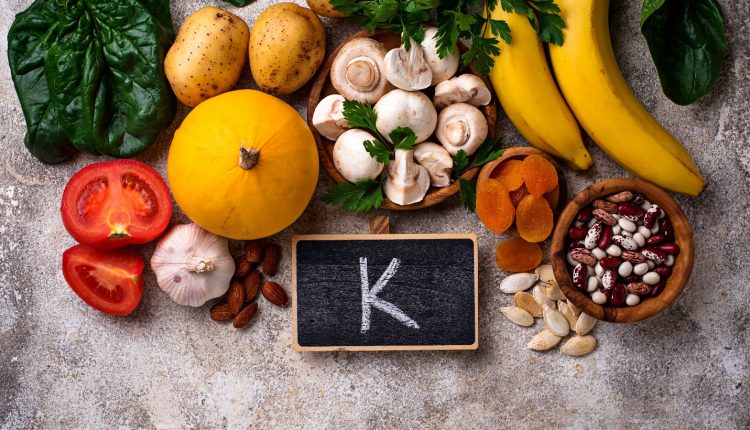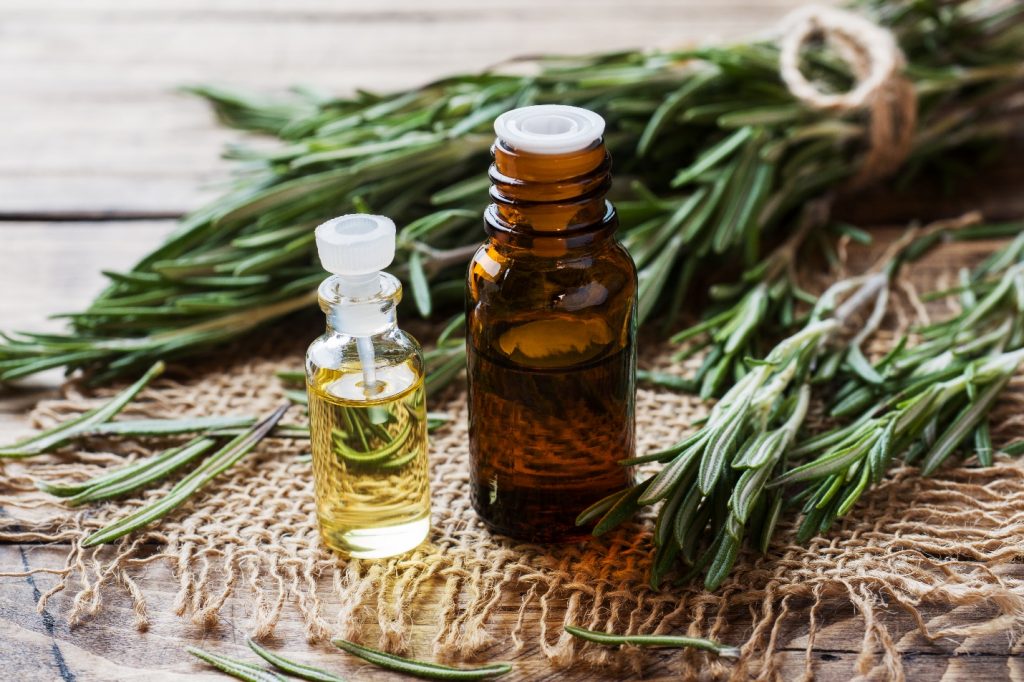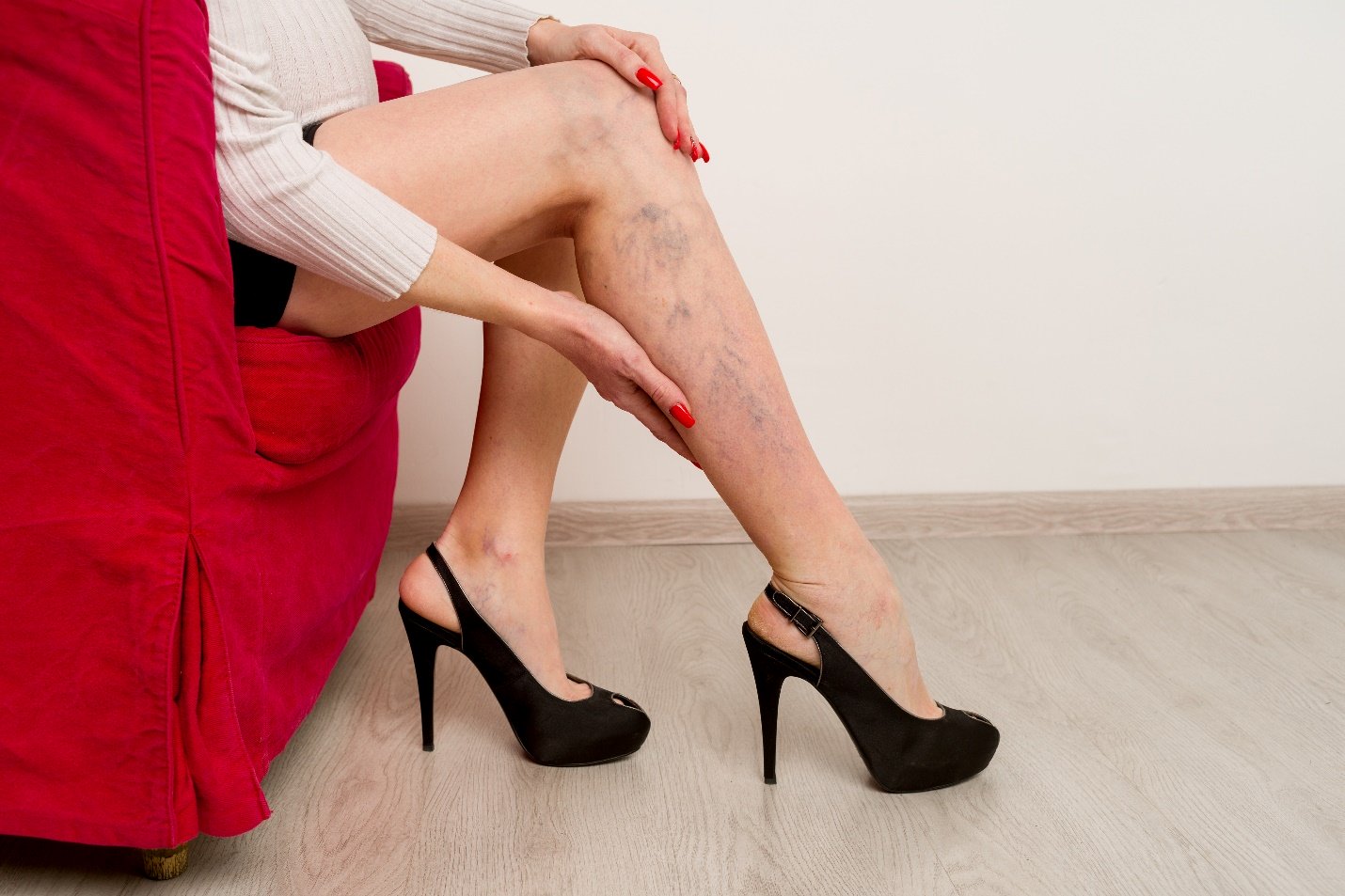
Varicose Veins Home Remedies You’ve Never Heard Of
Based on the NCBI report, about 20% of all adults suffer from varicose veins, which is more prevalent in older adults and women. It is primarily a cosmetic issue for many people; however, some are painful and have several medical treatments. Fortunately, there are some home remedies to relieve varicose veins symptoms you can try at home. This article attempts to introduce some of these natural home remedies.
The following video from the YouTube channel of BRIGHT SIDE will tell you about 10 natural ways to get rid of varicose veins.
What Is a Varicose Vein?
In general, varicose veins happen when a person’s vessels get swollen and enlarged. The appearance of this issue involves bluish veins right under the skin’s surface. There is also a milder form of varicose named spider vein that involves thinner reddish or blueish veins under the skin surface.
The main reason for developing varicose veins is the weakness of small valves in the veins. The weaknesses of such valves cause blood to flow backward through the vessels and produce blood pools in the veins, leading to twisted and swollen veins.
Varicose vein also has symptoms, and the most prevalent of them are listed below:
– Burning or throbbing feeling in legs
– Feel heavy or achy in the legs
– Muscle cramps which are more noticeable at night
– Swelling feet and ankles
– Dry or itchy skin which is thinner over the varicose
Home Remedies for Varicose Veins
Besides available medical treatments that can relieve the symptoms and pain of varicose veins, there are some home remedies you can benefit from:
Exercise
Better blood circulation in the legs that results from regular exercise helps push along the blood from the veins. It is noteworthy that exercise has an effect on high blood pressure, which is one of the contributing factors to varicose veins. A regular workout can decrease blood pressure, thereby reducing the development of varicose veins. Low-impact exercises like swimming, walking, cycling, yoga, etc., can be pretty beneficial.
Compression Socks
These particular stockings are specially designed to squeeze your legs and help better blood circulation. There are different types of compression socks, like graduated socks and anti-embolism socks.
Change Your Dietary
Scientists revealed that diet has a significant effect on reducing varicose vein symptoms. Some foods to consider are:
Fibre-Rich Foods
A critical role of fibre in foods is to keep moving the bowels and prevent constipation. Physical efforts used for passing stool lead to substantial internal abdominal pressure, which in turn aggravates the damaged vein valves. Some examples of fibre-rich foods include:
– Foods made with whole-grain
– Wheat
– Oat
– Nuts
– Flaxseed
– Peas
– Beans
– Figs
– Plums
– Avocado
– Tomato
– Broccoli
– Carrots
– Artichokes
– Cauliflower
Foods with Potassium
Lack of potassium in the body can cause water retention, increasing blood volume and introducing extra pressure on the vein valves. So, if you have a potassium deficiency, you can consider consuming potassium-rich foods like:
– Yogurt
– Almonds
– Pistachios
– Salmon
– Tuna
– Chicken
– White beans
– Lentils
– Dates
– Oranges
– Winter squash
– Potatoes
– Leafy vegetables
– Beet greens
Flavonoids
Flavonoids can improve blood circulation, reduce arterial blood pressure, and relax veins. Some flavonoid-rich foods include:
– Onion
– Garlic
– Bell peppers
– Spinach
– Broccoli
– Cocoa
– Grape
– Citrus fruit
– Blueberry
– Strawberry
– Cherry
– apples
Low-Salt Foods
Foods that contain a high amount of sodium (salty foods) cause the body to retain water. Thereby, to decrease water retention, you should minimize salt consumption. Potassium-rich foods can also reduce water retention in the body.

Herbal Treatments
There is evidence to prove that some herbs have an active ingredient that is effective in treating different diseases. Among these, some herbs can ease the symptoms of vein conditions. It is possible to consume these herbs orally or topically (by external application). Some of the important ones include:
Rutosides
This ingredient is an antioxidant, anti-inflammatory, and antidiabetic agent and has a vascular benefit. Rutin can strengthen weak blood veins. This ingredient is also used as a treatment for spider and varicose veins. Rutin is found in some plants like:
– Citrus fruit
– Buckwheat
– Apple
– Gingko Biloba
Rutin is also prescribed as a dietary supplement in tablets and capsules.
Centella Asiatica
The plant is native to Asia. It appears that it can effectively strengthen weak veins and treat venous insufficiency. The plant extract is available in the form of tablets, capsules, and liquid extracts. There is also known as an ointment or cream to use topically. However, if you take medicines, you should consult your doctor before using Centella Asiatica since it may interact with other medications.
Grape Seed Extract
It is scientifically proven that orally consuming grape seed extract can reduce swelling in the legs. However, people who are prescribed blood-thinning medications should avoid consuming grape seed extract since it can interact with the medicine and enhance the risk of bleeding.
Change your clothing
Tight clothes can restrict blood flow and worsen varicose vein symptoms. Thereby, wearing loose-fitting clothes helps your blood circulate freely and more efficiently in the lower body. In addition, wearing flat shoes instead of high heels can help with varicose veins in the legs.
Keep Legs Elevated
Keep your legs elevated, as high as your heart or above, to improve blood circulation and decrease the leg veins’ pressure. When you keep your legs elevated, gravity helps the blood flow smoothly back to the heart.

Massage
A gentle massage on the varicose vein area helps your blood to keep moving better through the veins. It should be better to use a moisturizer or oil massage to have maximum effects. It is noteworthy that you must avoid pressing directly on the veins since this may damage fragile tissues.
Final Words
Varicose veins are a common issue, especially in older adults. In most cases, Varicose is harmless but sometimes has pain and other symptoms. There are some medications to treat varicose veins. Still, there are also some home remedies to relieve symptoms, like physical activity, compression socks, changing your diet, using herbal treatments, and so on.

Since I was 20, I have been suffering from muscle cramps in my legs. Despite being 60, I’ve never had varicose veins.
Compression socks and exercise are the best remedies for varicose veins.